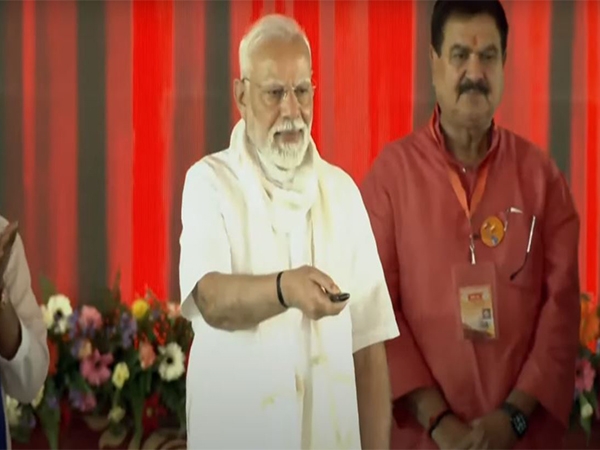Economic survey: demographic dividend fading, urgent labour reforms needed

Slowly but surely, India is losing the advantage its demographic dividend once provided.
China and Russia will see a fall in their working-age population (15-59 years) by more than 20%, according to United Nations projections. In India's case, over the next three decades, that group will grow 33%.
However, the Economic Survey 2016-17 tabled in Parliament on Tuesday notes that the growth boost from the demographic dividend in India is likely to peak within the next five years. It suggests urgent reforms to maximise the dividend.
What is demographic dividend?
According to www.investopedia.com, demographic dividend is a transition which frees up resources for a country's economic development as it switches from an agrarian to an industrial economy.
In the early stages of this phenomenon, the labour force temporarily grows faster than the population dependent on it.
Case study
Rather than prescribing a formula for broader reforms in the labour sector for employment generation, the Economic Survey has talked about the apparel, leather and footwear sectors. It argues that these sectors are eminently suitable for generating jobs that are formal and productive, providing bang-for-buck in terms of jobs created, relative to investment and generating exports and growth.
The survey highlights the opportunity for India in this sector in the global context, saying that India has an opportunity to push exports, since rising wage levels have resulted in loss of market share for China, which is fast being overtaken by Bangladesh and Vietnam in the case of apparel, and Vietnam and Indonesia in the case of leather and footwear.
It notes that India is struggling in the international market in the face of challenges related to logistics, labour regulations and taxes.
On logistics, the survey says that costs and time involved in getting goods from the factory to destinations are greater in India than those for other countries.
According to the survey, in both apparel and footwear sectors, tax and tariff policies create distortions that impede India gaining export competitiveness.
The global demand for apparel is moving from cotton fibre products to man-made fibre, and in the footwear sector, from leather products to non-leather products.
India imposes a 10% tariff on man-made fibres, whereas on cotton fibres, the figure is 6%. On the other hand, domestic taxes also favour cotton-based production rather than man-made fibre-based, and leather footwear rather than non-leather footwear.
India's competitors enjoy better market access by way of zero or at least lower tariffs in the two major importing markets, namely, the United States of America (USA) and the European Union (EU), the survey says.
Migrant labour population
In a separate analysis, the survey argues for better welfare of people who migrate within the country.
As per a study on traffic data provided by the Ministry of Railways, the survey estimates that every year, 5 to 9 million people migrate from one district to another or one state to another. The migration ratio is much higher compared to 2001 Census data.
"The patterns of migration observed confirm that less affluent states and districts evince higher out-migration, and rich metropolises attract large inward flows of labour.
To sustain this churn, however, policy hurdles have to be overcome. It's crucial to have portability of food security benefits, healthcare, and a basic social security framework for the migrant - potentially through an inter-state self registration process, the survey says.
Increase workers' choices
Admitting that reforming labour laws is difficult, the survey prescribes that workers should get a greater say in choosing benefits for themselves.
"The thrust could be to move towards affording greater choice to workers, which would foster competition amongst service providers. Choices would relate to: whether they want to make their own contribution to the Employees' Provident Fund Organisation (EPFO); whether the employers' contribution should go to the EPFO or the National Pension Scheme; and whether to contribute to the Employee State Insurance (ESI) or an alternative medical insurance program," it says.
Edited by Shreyas Sharma
First published: 14 February 2017, 7:36 IST






![BJP's Kapil Mishra recreates Shankar Mahadevan’s ‘Breathless’ song to highlight Delhi pollution [WATCH] BJP's Kapil Mishra recreates Shankar Mahadevan’s ‘Breathless’ song to highlight Delhi pollution [WATCH]](https://images.catchnews.com/upload/2022/11/03/kapil-mishra_240884_300x172.png)

![Anupam Kher shares pictures of his toned body on 67th birthday [MUST SEE] Anupam Kher shares pictures of his toned body on 67th birthday [MUST SEE]](https://images.catchnews.com/upload/2022/03/07/Anupam_kher_231145_300x172.jpg)






